25 holiday Power Facts about energy and climate
If this year's holiday discussions veer toward energy and climate issues, I've got you covered. Here are 25 facts that will make any honest person think twice about today's anti-fossil-fuel narrative.
As you sit down at the dinner table this holiday season, I expect many of you will find yourselves in conversations about energy and climate with friends and family who may have come to inaccurate conclusions, in part because they are missing a lot of the relevant facts.
So, I’ve compiled 25 true, succinct, powerful facts about energy and and climate. Each “Power Fact” has significant implications and should make any honest person think twice about the anti-fossil-fuel narrative.
Together these facts show that the world needs more, not less, fossil fuels for as many people as possible to be productive, prosperous, and safe from climate—a job that cannot be done by unreliable solar and wind.
The 25 Power Facts are organized into 4 categories:
Fossil fuels make us far safer from climate. (4 facts)
Global fossil fuel use is increasing, and the energy-poor world needs even more to power life-saving machines. (5 facts)
The “green” movement catastrophizes the future climate side-effects of fossil fuels, which are completely masterable. (8 facts)
Unreliable solar and wind are not anywhere near able to replace fossil fuels. (8 facts)
Fossil fuels make us far safer from climate.
Annual deaths from climate-related causes (extreme temperature, drought, flood, storms, wildfires) have declined 98% over the last 100 years, even as CO2 levels have risen.1
Even though Earth has gotten 1°C warmer in the last century, deaths from cold outnumber deaths from heat by 5-15x. Cold is more dangerous than heat on every continent. Even in especially hot countries such as India, cold-related deaths significantly exceed heat-related deaths.2
Near-term global warming is expected to decrease temperature-related mortality, avoiding more cold-related deaths than it will cause heat-related deaths—as it has over the past two decades.3
Despite many incentives for global climate-related damages to go up—preferences for riskier areas, government bailouts—GDP-adjusted climate-related damages are flat.4
Global fossil fuel use is increasing, and the energy-poor world needs even more to power life-saving machines.
Fossil fuel use is 80% of the world's energy and still growing despite 100+ years of aggressive competition and 20+ years of political hostility and massive solar and wind favoritism.5
There is a desperate need for far more of the global-scale cost-effective energy that only fossil fuels can provide near-term: ⅓ of the world uses wood and animal dung for heating and cooking, and 3 billion use less electricity than a typical American refrigerator.6
Since 1980, India's fossil fuel use has increased by >700% and China's by >600%. In the same time frame, India's life expectancy increased by 17 years and China's by 14. 7
China, which uses mostly coal to produce “green” tech, has over 300 planned new coal plants designed to last over 40 years.8
Even nations with little or no fossil fuel resources have used fossil fuels to develop and prosper. E.g., South Korea (83% fossil fuels), Japan (85% fossil fuels), Singapore (99% fossil fuels).9
The “green” movement catastrophizes the future climate side-effects of fossil fuels, which are completely masterable.
Climate warming is concentrated in colder areas of the world (such as the Arctic), during colder times of day, and during colder seasons. (This means that future warming will occur more in cold situations where it saves lives than in hot situations where it causes problems.)10
The most extreme UN sea level rise projections are just 3 feet in 100 years. (This is a completely masterable level.) There are already 100 million people on Earth living below high-tide sea level.11
Mainstream estimates say hurricanes will be less frequent and between 1-10% more intense at 2° C warming. (This is not at all catastrophic if we continue our fossil-fueled climate mastery.)12
The latest data on global hurricane frequency and intensity (Klotzbach et al 2022) shows no significant alarming upward trend.13
It is common for leading media outlets to deliberately misrepresent the flat long-term hurricane trend. E.g., the New York Times cherry-picked a starting point—the low point of 1980—to make a flat trend seem upward.14
The National Oceanographic and Atmospheric Administration and the Intergovernmental Panel on Climate Change have made the point that any increases in hurricane frequency in records are likely due to increasing reporting, not actual frequency.15
The US Annual Heat Wave Index from the EPA has said, “Longer-term records show that heat waves in the 1930s remain the most severe in recorded U.S. history.” (Today's “reporting” would give you no indication that this is the case.)16
Mainstream science is unanimous that the warming impact of CO2 diminishes (“logarithmically”) as it increases in concentration. Every new molecule of CO2 we add to the atmosphere has less of a warming effect than the previous one.17
Unreliable solar and wind are not anywhere near able to replace fossil fuels.
Battery backup for solar and wind is so expensive that just 3 days of global backup using Elon Musk’s Megapacks would cost $570 trillion, about 6X global GDP.18
Solar and wind never provide the exact amount of electricity that is needed. Electricity requires exactly matching supply and demand, and solar and wind on their own exactly match supply with demand 0% of the time.19
Even mild increases in demand for critical minerals involving solar and wind have led to scaling issues and cost increases. (What will the unprecedented demand increases of “net zero” plans lead to?)20
“Net zero” plans to scale solar and wind involve more than doubling the supply of half a dozen major mined materials per decade—even though they can’t point to any examples of any major mined mineral doubling that fast, even with pro-development governments.21
6 days after pledging to go all-EVs, California Governor Gavin Newsom told residents there wasn't enough power to charge their EVs.22
80% of the world’s energy is not electricity. For non-electricity energy, solar and wind either can’t do what fossil fuel can—e.g., airplanes or cargo ships—or are far more expensive.23
Our dependence on China for key components of solar, wind, and batteries is far greater than our dependence on Russia for fossil fuels.24
Far from out-competing fossil fuels, solar and wind are growing fast only when given massive government preferences—mandates, subsidies, and no penalty for unreliability—along with crippling government punishments of fossil fuels.25
Popular links
EnergyTalkingPoints.com: Hundreds of concise, powerful, well-referenced talking points on energy, environmental, and climate issues.
My new book Fossil Future: Why Global Human Flourishing Requires More Oil, Coal, and Natural Gas—Not Less.
“Energy Talking Points by Alex Epstein” is my free Substack newsletter designed to give as many people as possible access to concise, powerful, well-referenced talking points on the latest energy, environmental, and climate issues from a pro-human, pro-energy perspective.
UC San Diego - The Keeling Curve
For every million people on earth, annual deaths from climate-related causes (extreme temperature, drought, flood, storms, wildfires) declined 98%--from an average of 247 per year during the 1920s to 2.5 per year during the 2010s.
Data on disaster deaths come from EM-DAT, CRED / UCLouvain, Brussels, Belgium – www.emdat.be (D. Guha-Sapir).
Population estimates for the 1920s from the Maddison Database 2010, the Groningen Growth and Development Centre, Faculty of Economics and Business at University of Groningen. For years not shown, population is assumed to have grown at a steady rate.
Population estimates for the 2010s come from World Bank Data.
As of July 2023, China has over 300 new coal-fired power stations in various planning and construction phases. Global Energy Monitor - Coal Plant Tracker, Coal Plants by Country (Power Stations)
Equilibrium climate sensitivity defined as a warming in °C per doubling of greenhouse gas concentrations in the atmosphere. The IPCC estimates it to be between 2.5°C and 4°C. Other analysis suggests it to be below 2°C.
Climate etc. - Important new paper challenges IPCC’s claims about climate sensitivity
Global primary energy consumption in 2022 was 604.04 EJ or about 460 TWh (= 460,000,000 MWh) per day. According to Tesla Megapacks cost about $413,000 per MWh. Tesla - Order Megapack
Plot data from Bundesnetzagentur - SMARD
Public generation of electricity was over 488 terawatt-hours in Germany for 2020, solar and wind combined generated over 37%. In 2002 they generated just over 3%.
Fraunhofer ISE energy-charts.de
German household electricity prices have more than doubled to over 0.3€ per kWh ($0.35 per kWh depending on currency exchange rate) since 2000 when the modern renewable energy law started to massively incentivize solar and wind capacity on the German grid.
BDEW Strompreisanalyse Jul 2021 p. 7
The average US household price in 2020 was $0.1315 per kWh.
U.S. Energy Information Administration Electric Power Annual table 5a
Increasingly, Germany depends on interconnections with neighboring countries. In 2020 the country experienced a sharp increase in electricity imports, while still massively exporting solar and wind overproduction.
Reuters - German power export surplus shrank 46.2% in 2020
Global primary energy consumption in 2022 was 604.04 EJ or about 460 TWh (= 460,000,000 MWh) per day. According to Tesla Megapacks cost about $413,000 per MWh. Tesla - Order Megapack
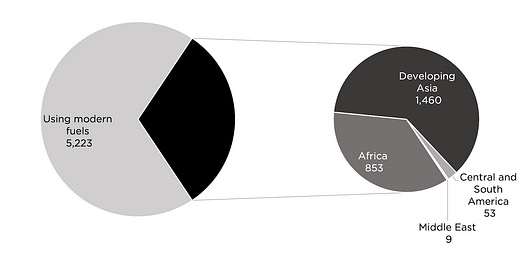



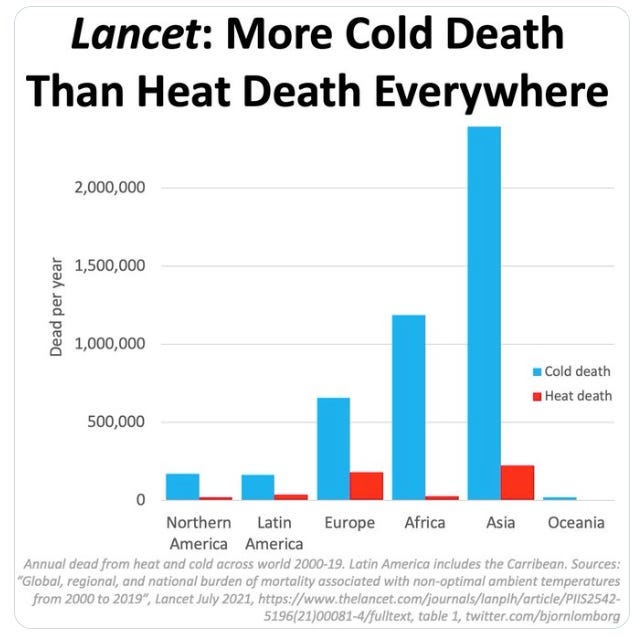


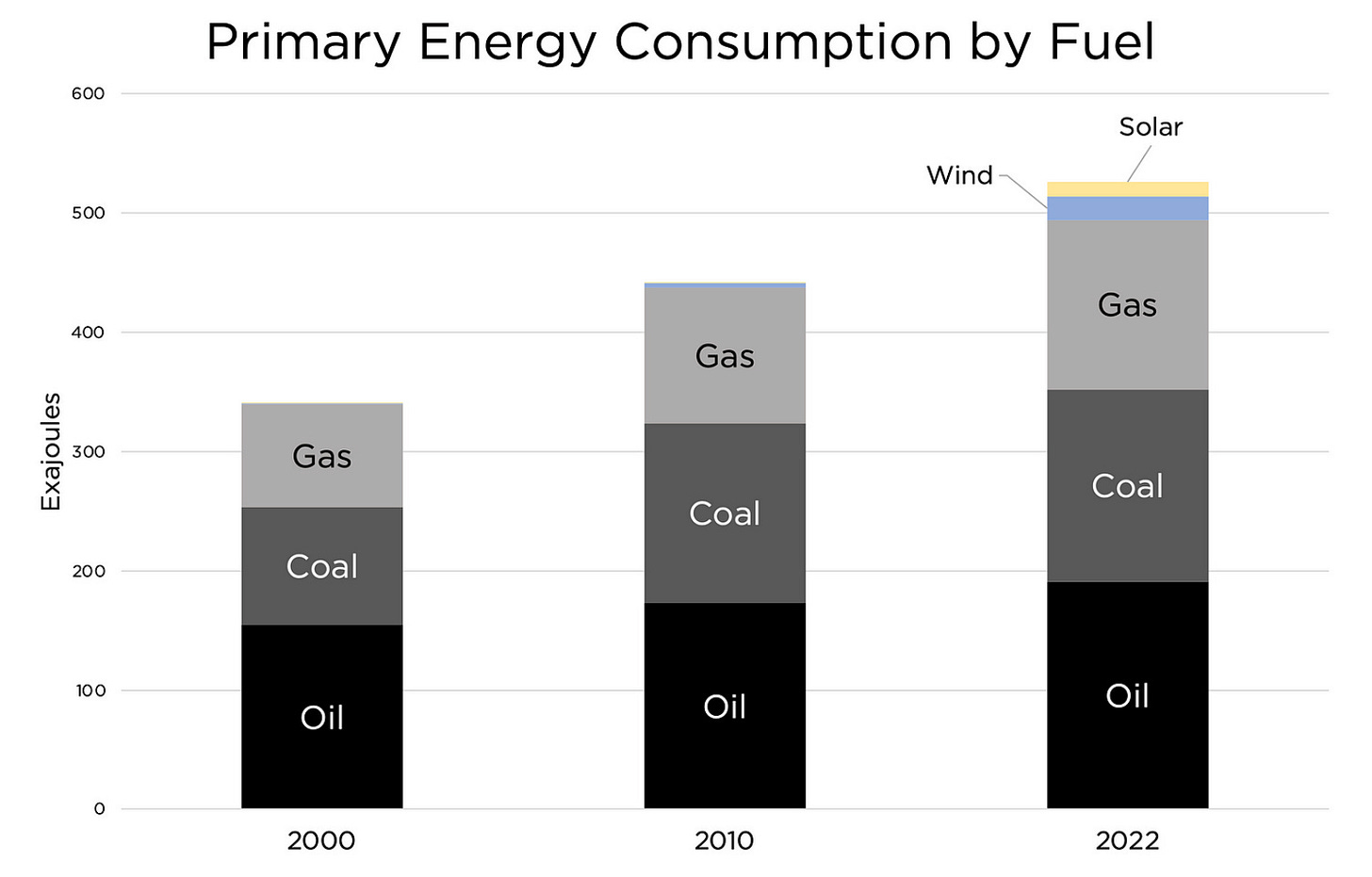



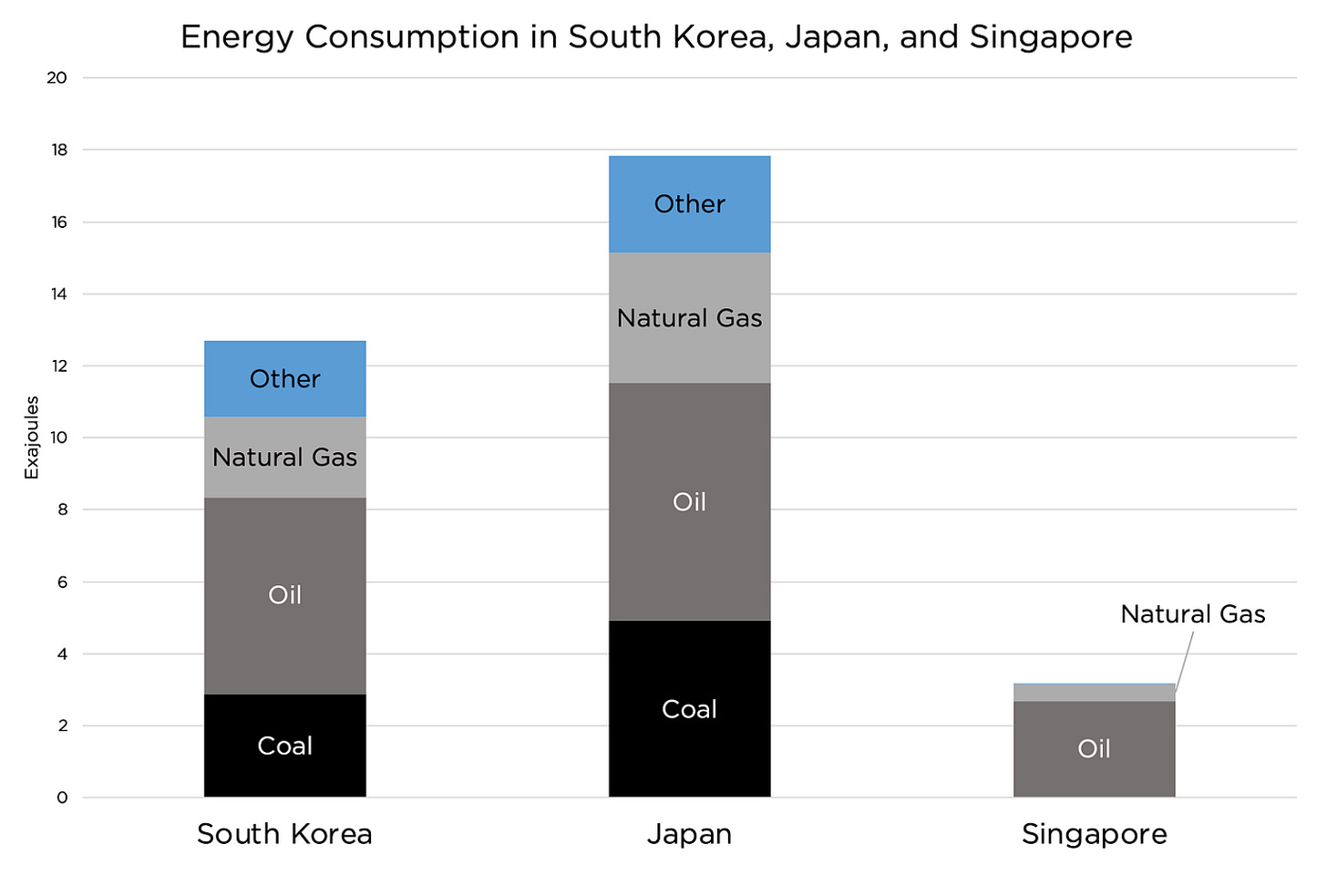
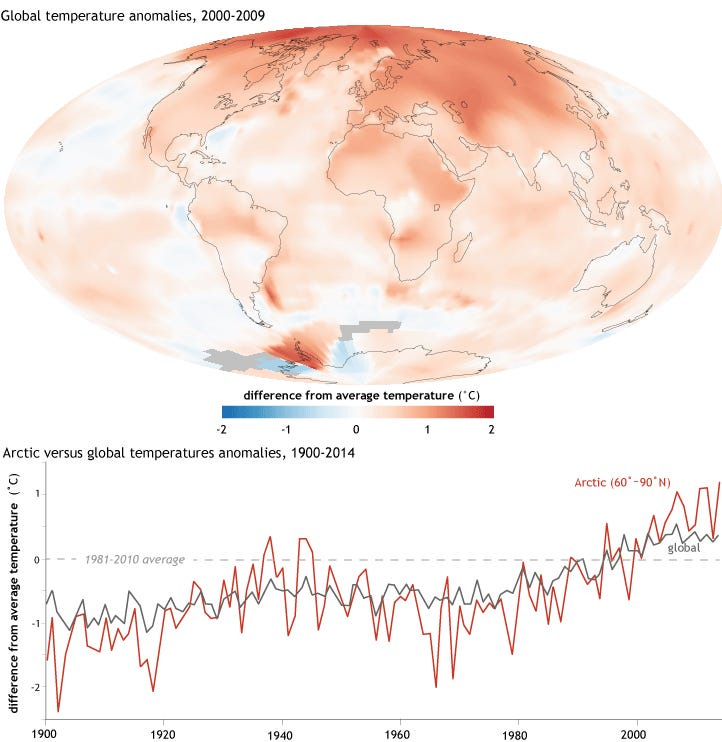



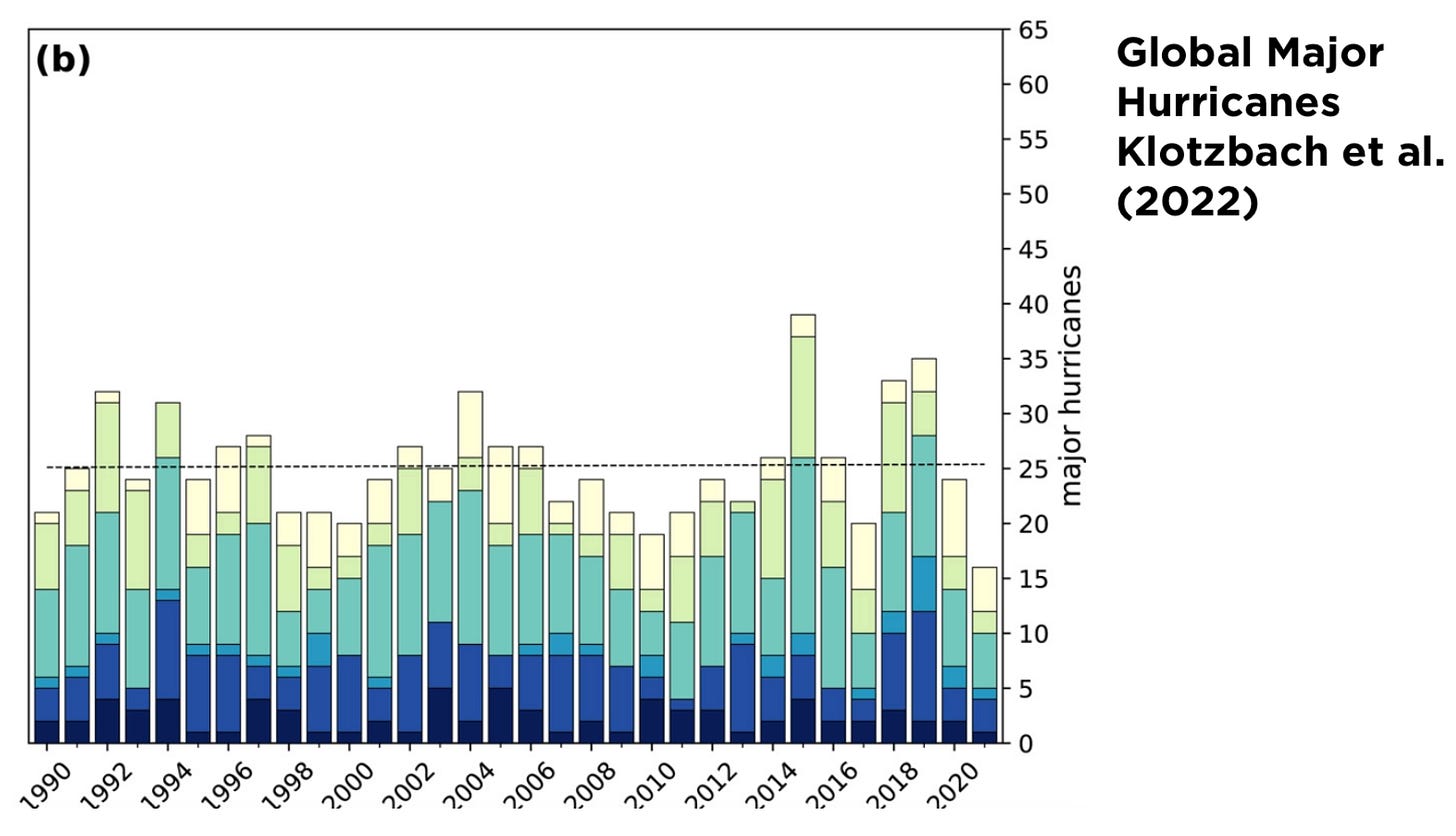








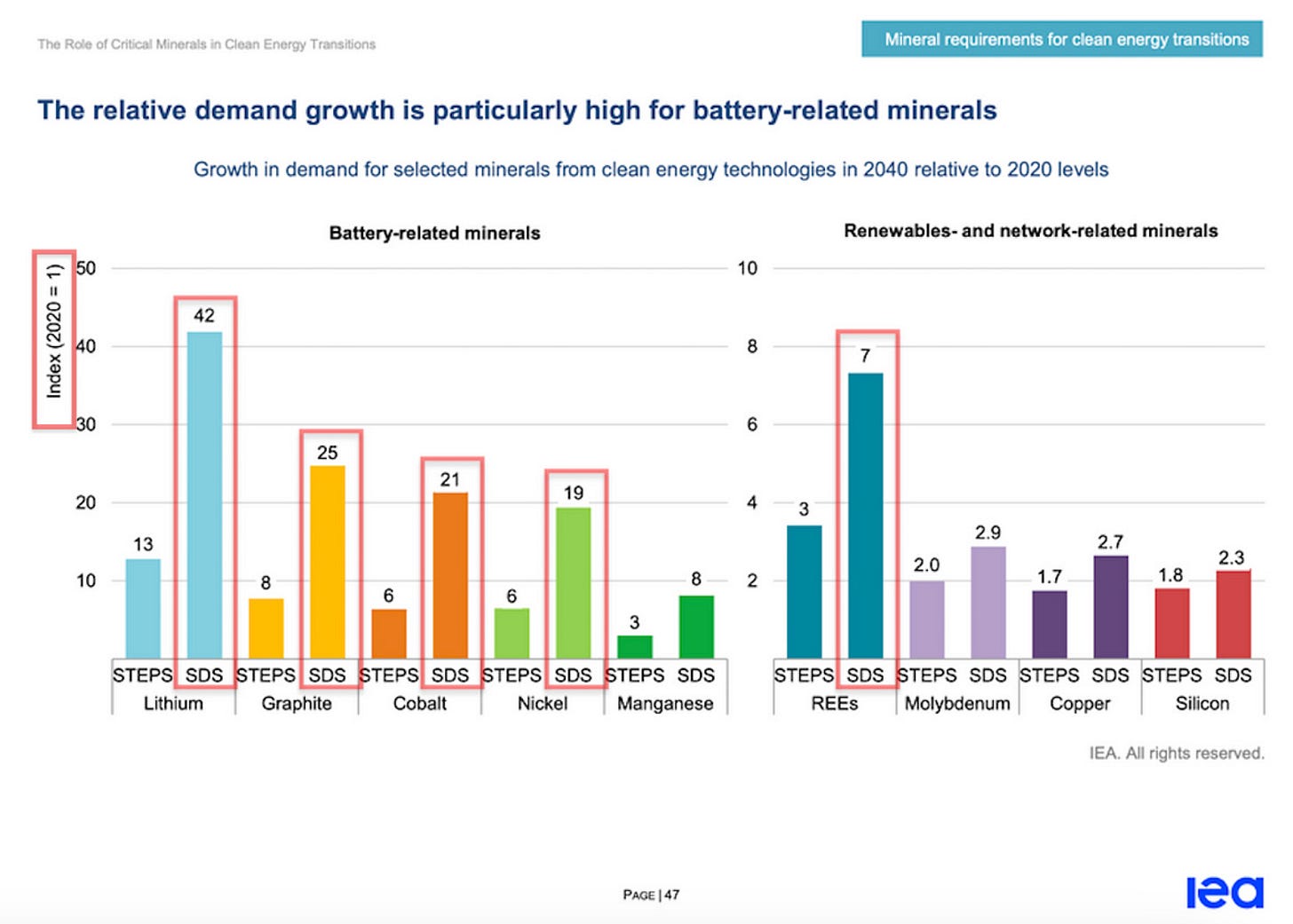



Great info! Happy Holidays Alex!
Merry Christmas Alex! Thanks for the useful article.